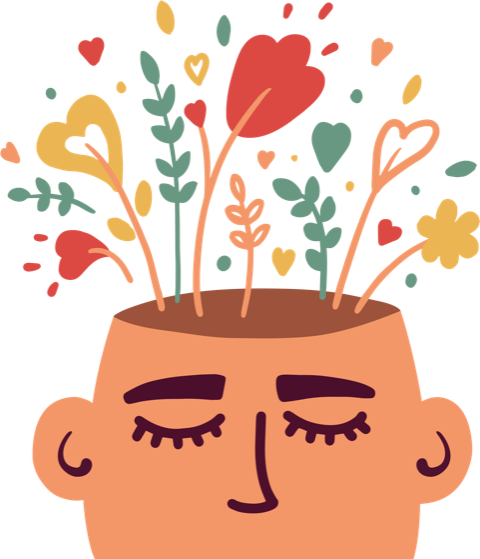8 Mindfulness
What is Mindfulness?
Mindfulness is one area of mental health that has been increasingly popular over the last decade and many people want to know how this practice can affect mental health, physical health, and overall well-being. There are many definitions for mindfulness, one of the more popular ones being “paying attention in a particular way: on purpose, in the present moment, and non-judgmentally” (Gordon, Shonin, & Griffiths, 2015), but they all encompass the same basic principle: to be engaged in what’s happening in your surroundings.
Here’s another definition for you: Mindfulness is the basic human ability to be fully present, aware of where we are and what we’re doing, and not overly reactive or overwhelmed by what’s going on around us.
Why is it Important?
Mindfulness can help with…
- Stress and anxiety reduction
- Reduced negative affect
- Boosts focus and working memory
- Increased cognitive flexibility
- Increased relationship satisfaction and QoL
- Finding empathy and compassion
(National Center for Complementary and Integrative Health, 2022)
Tools You Can Use
Gratitude
- Journaling
- Writing about your day can help train your brain to see the good in your life
- Keeping a gratitude journal can lead to benefits such as increased happiness, decreased loneliness and isolation, strengthened relationships, and encourages resistance.
- Here are some prompts to get you started:
- What do I appreciate about myself?
- What’s one thing that I take for granted?
- What is a happy memory from childhood?
- Who makes me feel loved and why?
- Create a gratitude jar
- Keep a jar or basket with slips of paper nearby and take a moment each day to write one good thing that happened or something you’re grateful for.
- This is a great way to practice gratitude and can easily be looked through when you need some positivity!
Physiological Sigh
The physiological sigh is a breathing technique that helps to regulate your nervous system, return to a calmer state, and improve emotional and mental well-being. To practice this, take a deep inhalation, then a short second inhalation through the nose, and an extended exhale through your mouth. This can be done 2-3 more times. (PsychSolutions, 2023).
Benefits of the physiological sigh:
- Resets your respiratory and nervous system to reduce stress
- Improves oxygen exchange in the lungs
- Promotes emotional regulation
Watch this clip from the Huberman Lab podcast to learn more about this breathing technique!
Mindfulness Meditation & Body Scanning
Watch the videos below and follow along to try some mindfulness meditation and body scanning!
Reflection
To Learn More

